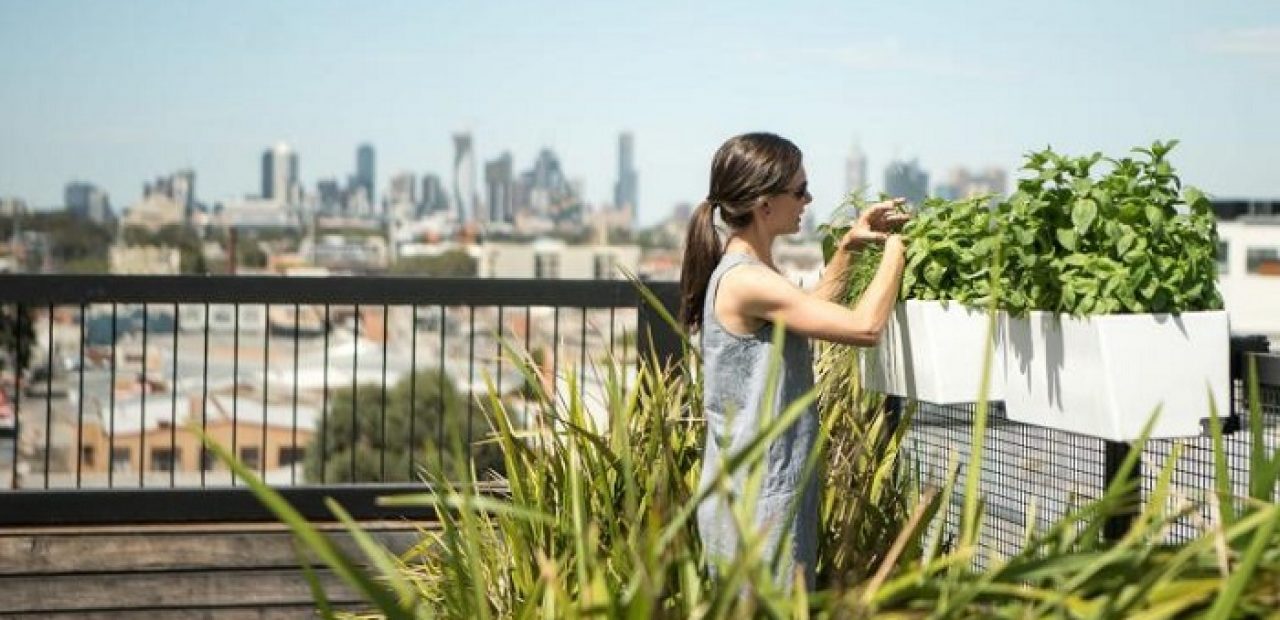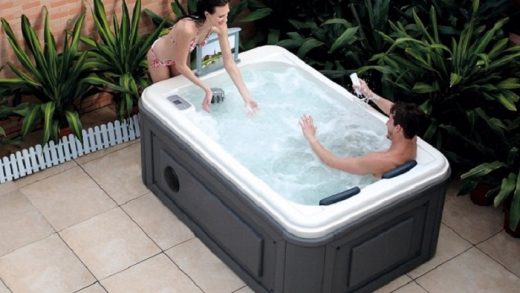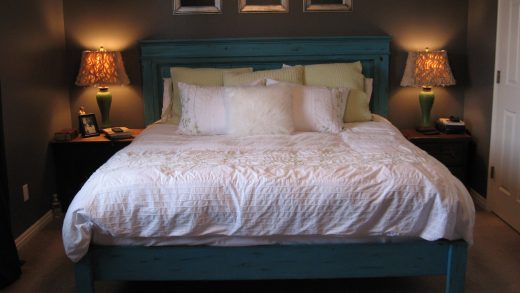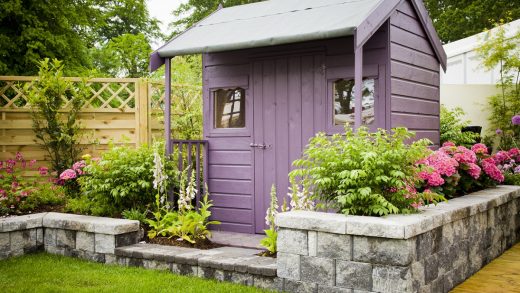Let Bygones be Bygones: The Future of Gardening is Self Watering Plant Pots
It is September, and springtime magic is beginning to reach its fever pitch. This is the season when gardeners like me are beginning to plant their “love food seeds” and grow organic food that is safe to eat and this is very important especially for kids. I know this because I’m a busy mummy of two who strives to feed her family only with high-quality and organic food.
While planning the new growing seasons, I always look back and try not to make the same mistakes. Since I’m in this game for more than four years, I have tried planting in different types of containers, but believe me, nothing beats the self-watering ones. They are the most beneficial invention ever that will help you grow your organic fruits and veggies in no time. The best thing is that they are available in a range of different designs, shapes, and sizes, ready to match the exsiting décor of any indoor and outdoor space.
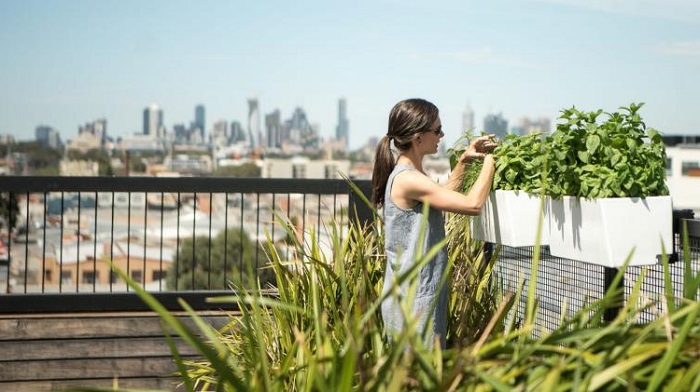
Self-watering planters are, in fact, self-contained raised beds with a built in reservoir ready to supply water to the plant roots carefully. Whether you are here in town or going on a vacation, these pots will help your plants receive sufficient level of water and retain the soil’s nutrients. Having at least one self watering plant pot is a blessing, and you could easily see the difference between the traditional and the self-watering ones. With self-watering ones, you can have a peace of mind and worry not whether you water your plants enough.
Contents
How Do They Work?
Instead of watering your plant the traditional way, these containers have a special built-in reservoir that you fill with water. The water you pour in the basin will slowly move from the primary growing chamber down to the plant’s roots, giving them the necessary amount of water and boosted by the moist, the soil will release all of its nutrients that act as a source of food for your plants.
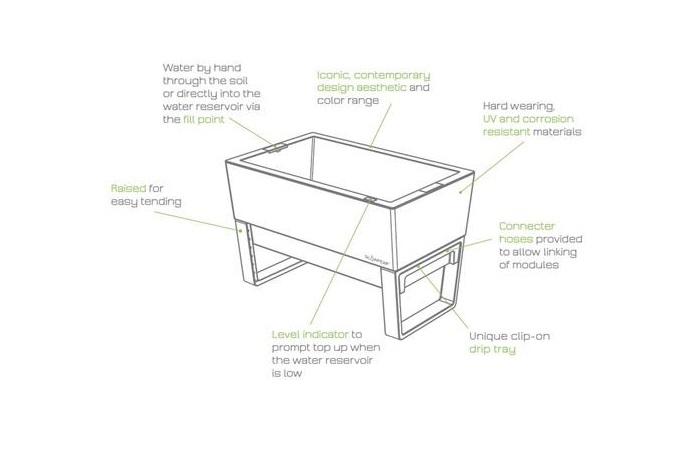
But what else makes a self watering plant pot so special? What makes them better than traditional ones?
Time and Trouble Saver
It’s not a secret that plants that grow in traditional planters and containers require to be watered every couple of days, if not daily which is not the best option for those of you with busy schedules and for those who travel a lot. This could lead to a bunch of dead and dried out plants which is not a win-win combination. Self-watering containers and planters, on the other hand, need to be watered only when the basin is low on water. How many times will you water these planters depends on how large your basin is and how much water your plants need, meaning that you could water them once in a week or once in 10 days.
Bid Over and Under Watering Farewell
Watering plants in traditional containers can be performed by two techniques – shallow and deep watering, but in case you don’t know how much water your plants need and how quickly the soil drains, this would only be only a guessing game. The problem with these two techniques is that with shallow watering your plants can’t grow strong and deep roots since the water is located near the surface of the planter while with deep watering, you will surely over water your plants sentencing them to death. This is not the case with self-watering planters, as your plants would get the much needed level of moisture everywhere.
Nutrient Retention
With traditional planters, almost all soil nutrients could slowly leak through the planter’s drainage holes, which is not the case with self-watering planters. The latter feature a closed system where all nutrients lost through drainage will be transported back to your plants.
There is a possibility to build your own self-watering planter, but the wasted time, money and back pain cannot be compared to the convenience of buying a ready-made one. If you take into consideration all these things, you’ll see that the ready-made ones are a more affordable option.

